In the annals of conservation, few stories resonate as powerfully as the comeback tales of the American Bison and the Bald Eagle. These two emblematic creatures of the United States, once on the brink of disappearing forever, have become symbols of the country’s commitment to saving its natural heritage. Join us as we explore the efforts, challenges, and extraordinary resilience that led to the revival of these majestic species.
The American Bison: A Conservation Icon

At the turn of the 20th century, the American Bison was nearly extinct due to rampant hunting and habitat loss. From millions roaming the Great Plains, only a few hundred remained. The near-miraculous recovery of this iconic species is a testament to dedicated conservation efforts that started in the early 1900s and continue to this day.
Historical Significance of the American Bison
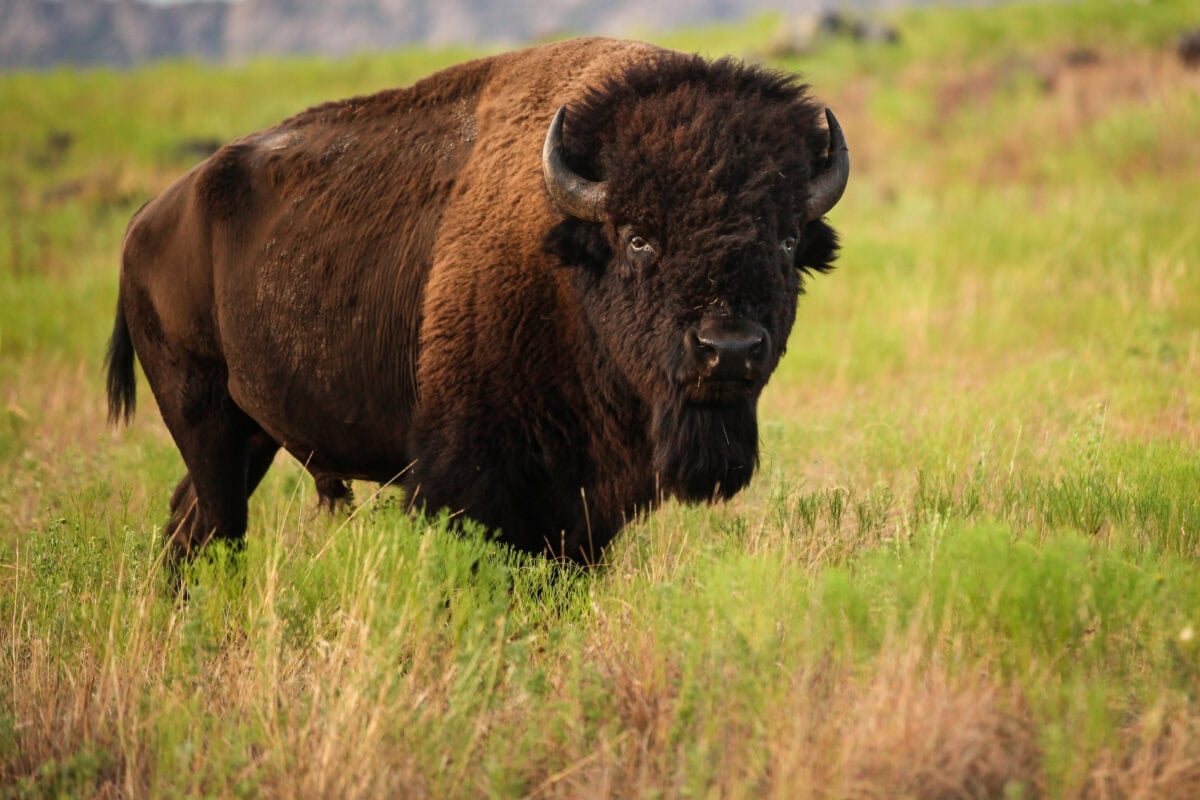
Bison were not only integral to the ecosystem of the Great Plains but also vital to the cultures and economies of Indigenous peoples. As one of North America’s largest terrestrial animals, they were central to the way of life of many tribes, providing food, clothing, and materials for tools.
Presidential Action and Legal Protection

The efforts to save the bison saw landmark initiatives, such as President Theodore Roosevelt’s collaboration with the American Bison Society in 1905. These efforts led to the establishment of protected reserves and legislative actions, safeguarding remaining populations and promoting sustainable breeding programs.
Reintroducing Bison to Native Lands

In recent years, there has been a focused effort by various organizations to reintroduce bison to tribal lands. These initiatives represent not just an ecological restoration but a cultural renaissance, fostering a reconnection with heritage and traditional practices.
The Bald Eagle: From National Symbol to Endangered Species
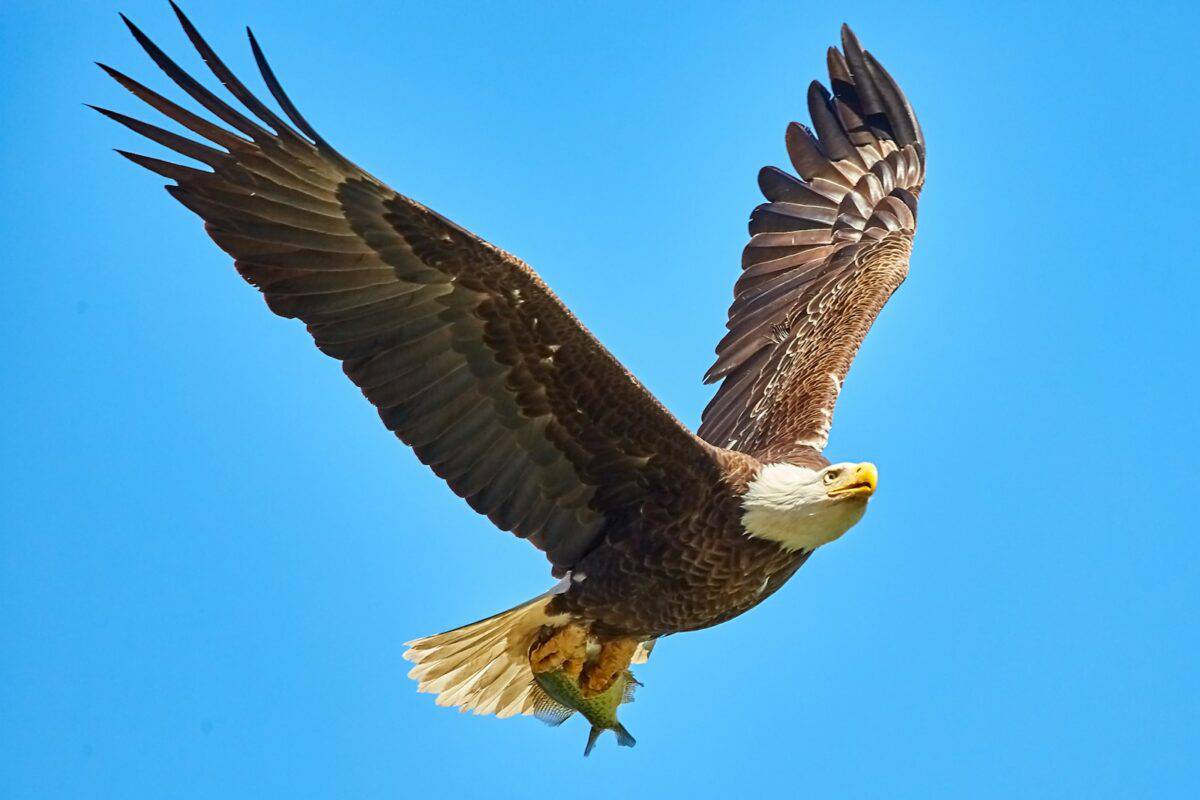
The Bald Eagle, a symbol of American freedom and strength, faced a grim future in the mid-20th century. Habitat loss, illegal hunting, and the widespread use of the pesticide DDT caused populations to plummet, landing the species on the endangered list in 1967.
Understanding the Impact of DDT

DDT, a pesticide widely used after World War II, was pivotal in the eagle’s decline. It severely weakened eggshells, leading to breeding failures. This connection was famously documented by Rachel Carson in her groundbreaking book, “Silent Spring,” which spurred changes in environmental policy.
Legislative Milestones in Eagle Conservation

The banning of DDT in 1972 and the enactment of the Endangered Species Act of 1973 were turning points in the Bald Eagle’s recovery story. These legislative measures provided the eagle with critical protections across its habitat range.
Conservation Strategies and Their Success

Conservationists adopted a multi-faceted approach, combining captive breeding, habitat protection, and educational campaigns to restore the Bald Eagle. Protected areas were expanded, and efforts to monitor and enhance breeding success were implemented with great success.
The Joint Efforts of Public and Private Sectors
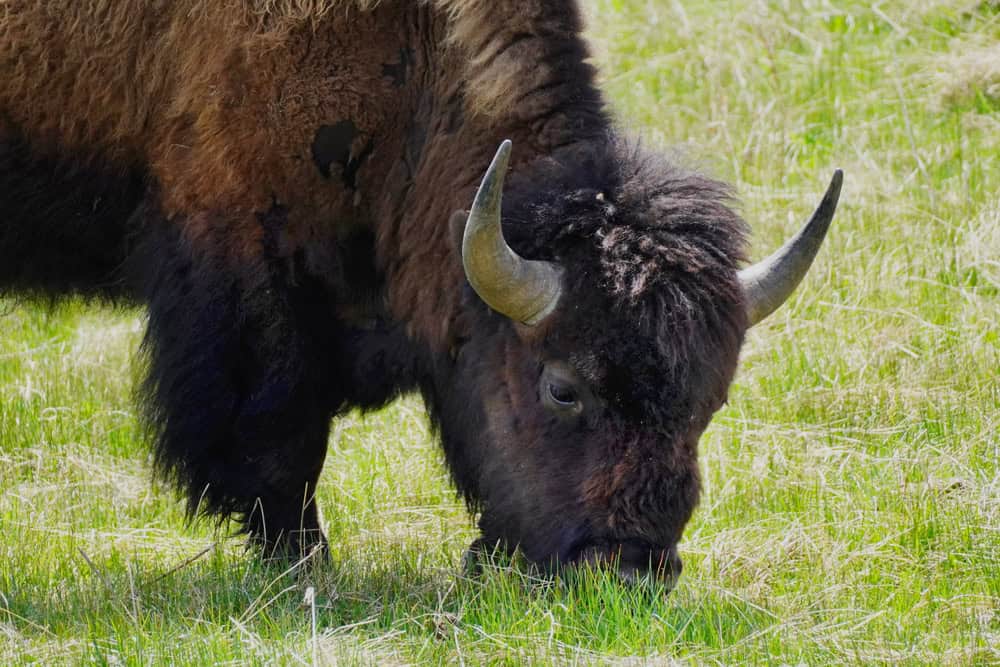
The restoration of these species was a collaborative effort, with government bodies, non-profits, and private citizens all playing crucial roles. From establishing wildlife refuges to conducting surveys and breeding programs, the collective action was unprecedented in its scale and passion.
Current Status and Continuing Challenges
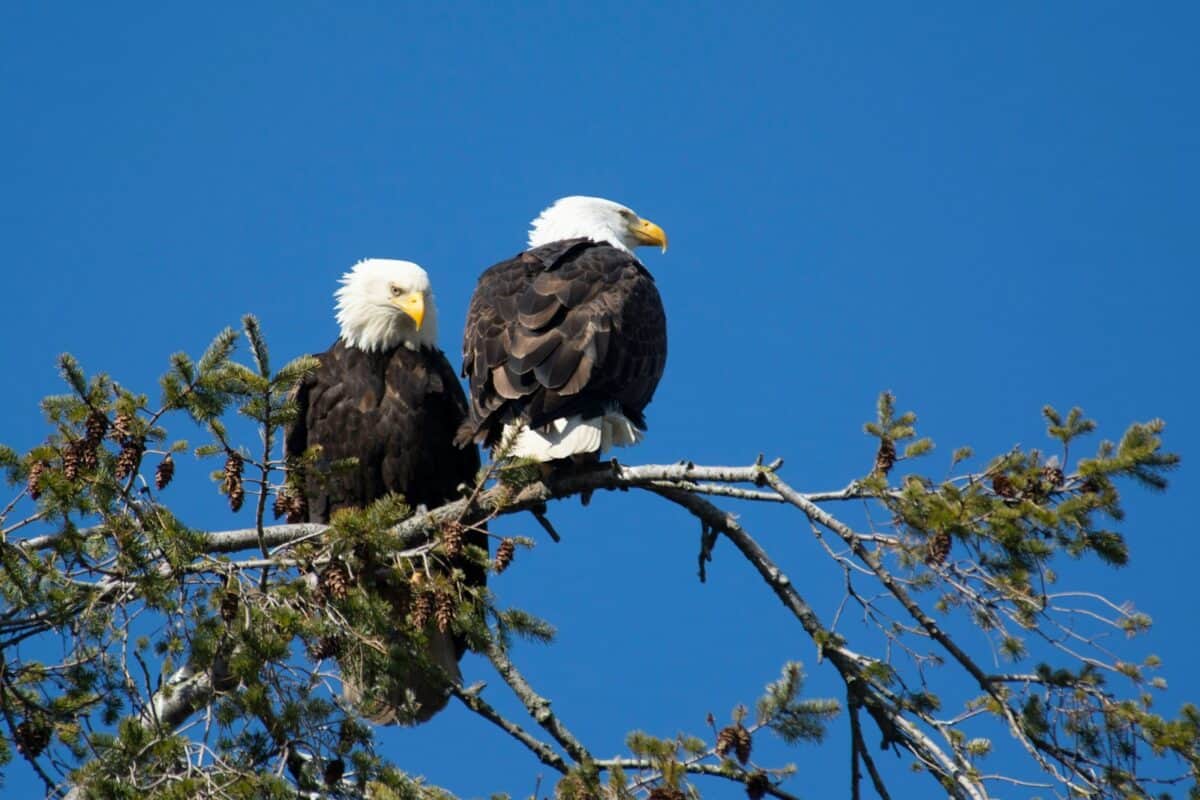
Today, both the American Bison and the Bald Eagle have made remarkable recoveries. However, they still face challenges such as habitat fragmentation, climate change, and continued threats from development. Vigilant conservation efforts remain necessary to sustain their populations.
The Role of Public Awareness and Education
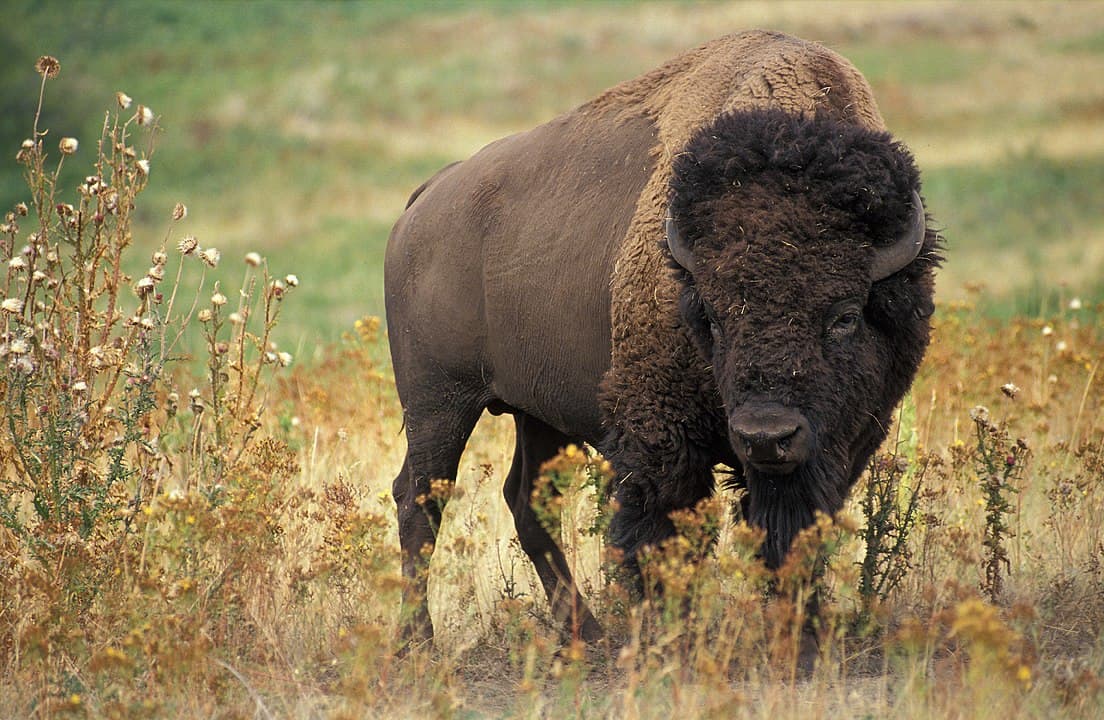
Public education has played a vital role in these success stories. Outreach programs and educational campaigns highlight the importance of each species and foster a nationwide conservation ethic. Schools, media, and wildlife organizations continue to promote awareness and engagement with these iconic animals.
Looking to the Future: What We Can Learn

The stories of the American Bison and the Bald Eagle demonstrate the capacity for human action to reverse ecological damage. They give hope and provide lessons in persistence, collaboration, and the profound impact of legislative protections. As we move forward, these tales inspire us to advocate for and ensure the preservation of our planet’s magnificent biodiversity.
The successful revival of the American Bison and the Bald Eagle serves as a beacon of hope for global conservation efforts. It showcases how humans can unite to protect and restore our natural world, ensuring that future generations inherit the thriving ecosystems and diverse wildlife that are our shared legacy.
- 13 Ways to Keep Your Indoor Cat Entertained - August 17, 2025
- How This Giant Predator Ruled the Ocean 200 Million Years Ago - August 17, 2025
- Pterosaurs Had Fur, Not Feathers - August 17, 2025

